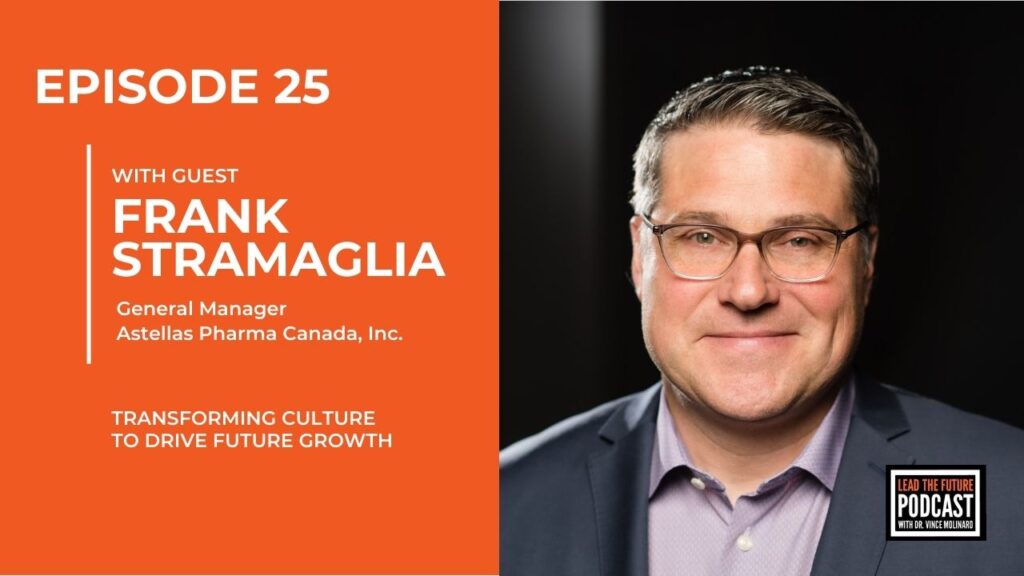BIG IDEA
As a leader, you must make time to step back and think about the big picture context in which you operate.
Today, thanks to the once-in-a-generation circumstances of the pandemic, leaders find themselves in a paradoxical bind. In some ways, we’re all obsessed by our external context. We can’t help but be focused on the pandemic and the massive changes it has caused in our personal lives, in the way our organizations operate, and in society at large.
But at the same time, because the pandemic has caused so many changes in the way we live and work, and because it has put our organizations under so much pressure, many of us are overwhelmed by what’s happening internally. We are struggling so much to keep up with day-to-day operational changes that we don’t have time to step back and think about not just what’s happening today in the world around us, but what might be coming tomorrow or two years from now.
So much change has happened so quickly. We feel like we can’t keep up. Fundamentally, most of us are reacting to our context, instead of stepping back to understand it so we can focus on how we need to shape it.
WHY IT MATTERS
You can’t be a truly accountable leader until you’re clear about your priorities.
Truly accountable leaders don’t just react to circumstances. They take action to pursue their highest strategic priorities. But in order to do that, they must have clarity—about the world in which they lead, about their organization’s top priorities, and about their own leadership obligations.
Mediocre leaders allow others to set their priorities for them. They let the day-to-day needs of their teams push and pull them off course. They focus on busy work they think will generate quick wins, or they spend their time mired in internal politics, prioritizing things like defending their turf or scoring points in a meeting with their boss.
Some leaders believe they don’t have to worry about big macro trends. They believe that’s the role of executives alone. While there is some truth to this, the reality is we need all leaders at all levels to bring a more strategic approach to their leadership roles. So force yourself every once and awhile to pause, and look at the world around you.
THE RISK
Too many leaders find themselves consumed by day-to-day operational issues. They ‘don’t have time to lead.’
A favorite quote of mine comes from Spanish philosopher José Ortega y Gasset, who once said, “Tell me what you pay attention to, and I’ll tell you who you are.”
In my experience, when I ask leaders what they spend their days doing, it becomes clear that many leaders are consumed by operational issues. They are focused on delivering projects on time and driving results. Of course, results are important, but the danger is that focusing too much on deadlines can make you too internally focused. When this happens, you find yourself focused on doing, not leading. You also become cut off from the environment and context in which you operate.
WHAT TO PAY ATTENTION TO
Set aside time to think about the environment, the strategic imperatives, and the leadership expectations that affect you in your role.
The first obligation of every leader is to gain clarity. Just like a company needs to scan its environment to anticipate emerging trends, spot opportunities, and manage itself against threats, I believe individual leaders must do the same.
In The Leadership Contract Field Guide, I share an exercise that can help you find this clarity. For each step, begin by brainstorming your ideas. Then focus on the most critical points that require your attention as a leader. I call this the ESL exercise—for Environment, Strategy, and Leadership.
Environment (E)
- Macro trends. Think about your emerging environment over the next two to three years. Consider key trends and drivers happening in the world, and capture the ones that will impact your organization the most. You might consider economic, political, technology, industry, regulatory, or societal issues.
- Organizational issues. Now think about your organization, and consider the big internal issues and challenges it will experience over the next three to five years. Will there be any challenges with your customers, supply of talent, engagement of employees, partners and key stakeholders?
Strategy (S)
- Organizational strategy. List the strategic priorities of your organization in simple and clear language.
- Team priorities. Next, consider how these strategic priorities translate to the priorities that you and your team are accountable to deliver.
Leadership (L)
- Leadership expectations. Based on your understanding of your environment and your organization’s strategic priorities, what do you believe are expectations for all leaders in your organization?
- Personal obligations. Next, consider the specific leadership expectations that you must live up to.
- Areas of concern. Think about the pressure these leadership expectations place on you. Where are you falling short? Where must you focus your efforts?
This exercise should give you a simple way of thinking about your leadership role, connecting the dots for yourself and the people you lead, and communicating with others about what you are trying to achieve.
What do you pay attention to as a leader?
Gut Check for Leaders
MID-YEAR GUT CHECK FOR LEADERS WORKSHOP
On Tuesday, June 22nd we are offering a live, virtual workshop to help leaders pause, reflect on what matters, and identify an action plan to finish the year as strong and successfully as possible. We are launching the registration tomorrow, so stay tuned! Or, register for our webinar in the meantime.








